Why Your Body Feels Out of Sync
You’ve landed in Tokyo after a 12-hour flight. It’s 8 a.m. local time. You’re wide awake. But your body insists it’s 4 a.m. You can’t sleep, you’re exhausted, and your stomach feels off. That’s jet lag - not just tiredness, but your internal clock screaming at the wrong time.
Or maybe you’re 22, in college, and you’ve been falling asleep at 4 a.m. and waking up at noon for months. Your professors think you’re lazy. Your roommate says you’re just not trying. But you’re not choosing this. Your body’s clock is stuck in a different time zone - one that doesn’t match the world around you. That’s delayed sleep-wake phase disorder (DSWPD).
Both jet lag and DSWPD are circadian rhythm disorders. They’re not about willpower. They’re not about bad habits. They’re about biology. Your body runs on a 24-hour clock, controlled by a tiny cluster of cells deep in your brain called the suprachiasmatic nucleus. This clock tells you when to feel sleepy, when to wake up, when to release cortisol, when to produce melatonin. When it’s out of sync with the outside world, everything suffers: your sleep, your focus, your mood, even your long-term health.
Jet Lag: The Traveler’s Biological Shock
Jet lag hits when you cross two or more time zones fast. Your body doesn’t instantly adjust. It takes time. And it’s not the same going east versus west.
When you fly east - say, from New York to London - you lose hours. Your body wants to sleep at 1 a.m. New York time, but now it’s 6 a.m. in London. You’re supposed to be awake. Your brain fights it. Eastward travel is harder because your natural circadian rhythm runs slightly longer than 24 hours - about 24.2 hours. That means your body prefers to delay sleep (stay up later) rather than advance it (go to bed earlier). Going west? You gain hours. Your body naturally wants to stay up later, so it’s easier to adjust.
Experts say you recover at about one day per time zone crossed - but only if you do it right. Eastward? Expect 1.5 days per zone. Westward? Closer to one day. So a five-time-zone trip might take five to seven days to fully reset.
Symptoms aren’t just sleepiness. You’ll likely feel foggy, irritable, nauseous, and your digestion will be off. Studies show cognitive performance drops by 20-30% during peak jet lag. That’s not just ‘feeling tired’ - it’s like being legally drunk.
Delayed Sleep Phase: When Your Clock Is Stuck
Delayed sleep-wake phase disorder isn’t temporary. It’s chronic. People with DSWPD don’t choose to sleep late. Their internal clock is permanently shifted. Sleep onset? Usually between 3 a.m. and 6 a.m. Wake time? 10 a.m. to 1 p.m. - and they sleep just fine during those hours. The problem? Society runs on 9-to-5.
It’s common in teens and young adults. One study found 7-16% of adolescents have it. That’s not just ‘night owl’ behavior. It’s a biological mismatch. Their melatonin - the sleep hormone - doesn’t rise until 2 a.m. or later, while most people’s peaks at 9 p.m. That’s why telling someone with DSWPD to ‘just go to bed earlier’ doesn’t work. Their body literally can’t.
Genetics play a big role. Variants in genes like PER3, CLOCK, and CRY1 make some people more likely to have this disorder. It’s not laziness. It’s biology. And it’s not rare. Yet most people with DSWPD go undiagnosed for years.
How They’re Different - And Why It Matters
Jet lag is a short-term disruption. DSWPD is a long-term condition. That’s the key difference.
Jet lag resolves on its own - usually within a week. DSWPD lasts for at least three months, often years. People with DSWPD have normal sleep quality when they follow their natural schedule. The problem isn’t sleep - it’s timing. They’re not insomniacs. They’re misaligned.
And the consequences? They’re serious. People with untreated DSWPD are more likely to develop depression, anxiety, type 2 diabetes, and heart disease. A 2023 study from the UK Biobank showed a 29% higher risk of diabetes and 23% higher risk of cardiovascular disease in people with chronic circadian disruption.
Jet lag is temporary. DSWPD is a lifestyle disorder. One you can manage - but only if you understand it.
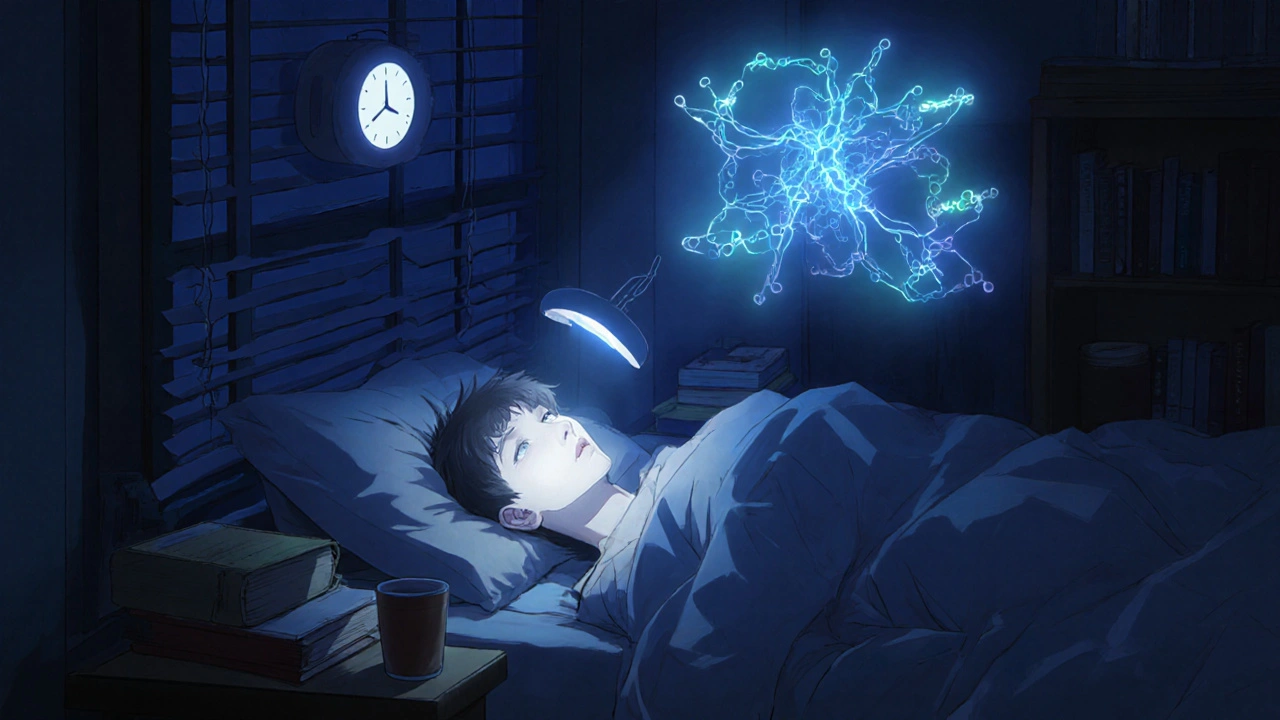
How to Fix Jet Lag - The Science-Backed Way
Forget sleeping pills. They don’t fix your clock. They just mask the symptoms.
Here’s what actually works:
- Light exposure is your reset button. If you flew east, get bright light in the morning. If you flew west, get it in the evening. Natural sunlight is best - 15 to 30 minutes outside, no sunglasses. If it’s dark, use a 10,000-lux light box.
- Adjust before you go. If you’re traveling east, start going to bed 1 hour earlier each night for 3-5 days before departure. Wake up 1 hour earlier too. This gives your clock a head start.
- Stay awake until local bedtime. Even if you’re exhausted. Don’t nap. Push through. Your body needs to learn the new schedule.
- Use melatonin wisely. Take 0.5 mg about 2-3 hours before your target bedtime. Don’t take 5 mg. That’s too much and can make things worse.
One study showed people who followed this protocol recovered 40% faster than those who just waited it out.
How to Fix Delayed Sleep Phase - The Realistic Path
Fixing DSWPD isn’t about forcing yourself to sleep at 10 p.m. It’s about gently shifting your clock - slowly.
The gold standard? A three-part plan:
- Morning light therapy. Within 30 minutes of waking, sit in bright light (10,000 lux) for 30-60 minutes. Use a light box if needed. This tells your brain: ‘It’s morning. Start the day.’
- Evening melatonin. Take 0.5 mg (not more) 5-7 hours before your desired bedtime. If you want to sleep at midnight, take it at 5-7 p.m. This helps shift your internal clock earlier.
- Strict schedule - even on weekends. This is the hardest part. If you sleep at 4 a.m. Monday-Friday and 6 a.m. Saturday, you’re resetting your clock backward. Stick to the same wake time every day. No exceptions. Even if you’re tired.
Studies show this combo moves your sleep time forward by about 2 hours in 4 weeks. That’s not magic. That’s science.
Most people fail because they skip the weekend rule. Or they take too much melatonin. Or they don’t get enough morning light. Adherence is the biggest barrier - 78% of people slip up on weekends. But if you stick with it for 6 weeks, your success rate jumps from 58% to 89%.
What Doesn’t Work - And Why
Don’t rely on sleep aids like zolpidem or over-the-counter antihistamines. They don’t fix your clock. They just sedate you. You’ll wake up groggy, your rhythm stays broken, and you’re more likely to develop dependence.
Don’t use modafinil to stay awake during the day. It’s a stimulant. It helps you function - but it makes your body think it’s still nighttime. You’ll end up sleeping even later, worsening the delay.
And don’t believe the myth that ‘you can train yourself to need less sleep.’ Your body needs 7-9 hours. If you’re not getting enough because your schedule is misaligned, the problem isn’t sleep quantity - it’s sleep timing.
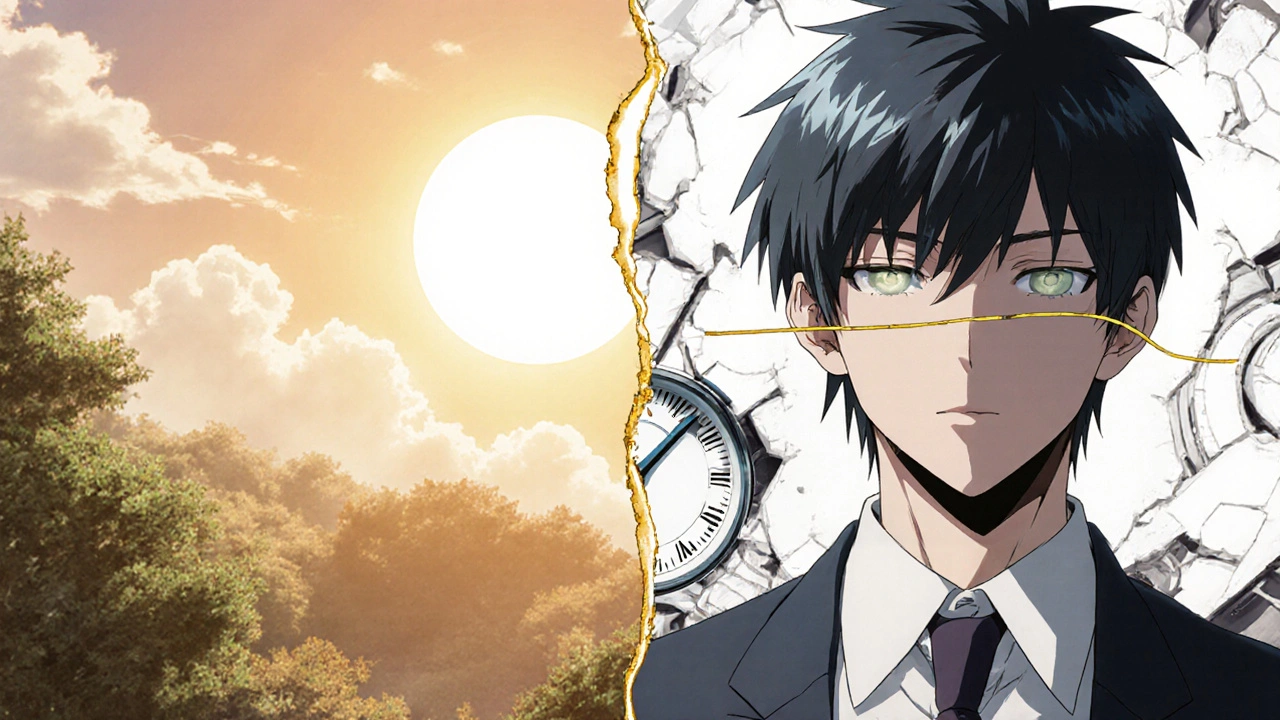
When to See a Doctor
If you’ve been struggling for more than three months, it’s time to talk to a sleep specialist. DSWPD can be diagnosed with a sleep diary and a dim light melatonin onset (DLMO) test - a simple saliva test that measures when your body starts making melatonin.
If you’re a frequent flyer and jet lag is ruining your work performance, a sleep clinic can give you a personalized light therapy plan. Some workplaces now offer circadian health programs. Ask.
Underdiagnosis is the biggest problem. Only 4% of people with symptoms get diagnosed. Most think it’s just ‘bad sleep hygiene.’ It’s not. It’s a medical condition.
The Bigger Picture - Why This Matters
Circadian rhythm disorders aren’t just about sleep. They’re about your metabolism, your immune system, your brain health. Shift workers have a 40% higher risk of heart disease. Teens with DSWPD are more likely to drop out of school. Business travelers with chronic jet lag show signs of accelerated aging.
The global market for circadian treatments is growing fast - $6.4 billion in 2022. Apps like Timeshifter use algorithms to give you personalized light and sleep advice based on your flight or schedule. Wearables now track your circadian rhythm, not just your steps.
This isn’t science fiction. It’s the future of medicine. Your body’s clock is as important as your blood pressure. And it’s time we started treating it that way.
Quick Summary
- Jet lag is temporary - caused by crossing time zones - and gets worse when flying east.
- Delayed sleep phase disorder is chronic - your body naturally sleeps 2+ hours later than society expects.
- Both are biological, not behavioral. You can’t just ‘try harder’ to sleep earlier.
- Morning light and low-dose melatonin are the most effective treatments.
- Consistency - especially on weekends - is the #1 predictor of success.
Is jet lag worse when flying east or west?
Jet lag is worse when flying east because your body’s natural rhythm runs slightly longer than 24 hours - about 24.2 hours. This makes it harder to advance your sleep schedule (going to bed earlier) than to delay it (staying up later). Eastward travel requires phase advances, which your body resists. You recover at about 1.5 days per time zone crossed eastward, compared to 1 day per zone westward.
Can melatonin fix delayed sleep phase disorder?
Melatonin alone isn’t enough. But when taken correctly - 0.5 mg, 5-7 hours before your desired bedtime - it helps shift your internal clock earlier. The most effective treatment combines melatonin with morning bright light therapy and a strict sleep schedule. Studies show this combo moves your sleep time forward by 2 hours in 4 weeks. Taking too much (like 3-5 mg) can make symptoms worse.
Why do I feel fine when I sleep late, but terrible when I force myself to wake up early?
Because your sleep quality is normal - it’s your timing that’s off. People with delayed sleep phase disorder sleep deeply and fully when they follow their natural schedule (like 4 a.m. to 1 p.m.). The problem isn’t sleep - it’s being forced to wake up before your body is ready. That’s when you feel exhausted, foggy, and irritable. Your body isn’t broken. It’s just out of sync with the world.
Is delayed sleep phase disorder just teenage laziness?
No. It’s a real, biologically based condition. Studies show 7-16% of teens and young adults have it, often due to genetic factors like variations in the PER3 and CRY1 genes. Their melatonin rises hours later than average, making it physiologically impossible to fall asleep before 3-4 a.m. This isn’t a choice. It’s a neurological difference. Many teens with DSWPD struggle in school not because they’re unmotivated, but because their biology conflicts with early start times.
Can I fix this on my own, or do I need a doctor?
Many people can improve with self-management: morning light, low-dose melatonin, and strict sleep timing. But if you’ve tried for 3 months without progress, or if your symptoms are affecting your health or work, see a sleep specialist. They can confirm the diagnosis with a DLMO test and create a personalized plan. Underdiagnosis is common - only 4% of people with symptoms get diagnosed.
Next Steps
If you think you have delayed sleep phase disorder, start with a sleep diary. Track your sleep and wake times for two weeks. Note when you feel naturally sleepy and alert. Then, try morning light therapy for 30 minutes right after waking - even if you’re still tired. Avoid bright screens after 9 p.m. Take 0.5 mg melatonin 6 hours before your target bedtime. Stick to it for 6 weeks.
If you’re a frequent traveler, plan ahead. Adjust your sleep schedule 3-5 days before your trip. Bring a light box. Avoid caffeine after noon. Don’t rely on pills. Your body can reset - you just need to help it in the right direction.
Don’t accept chronic fatigue as normal. Your circadian rhythm isn’t broken. It just needs the right cues to find its rhythm again.

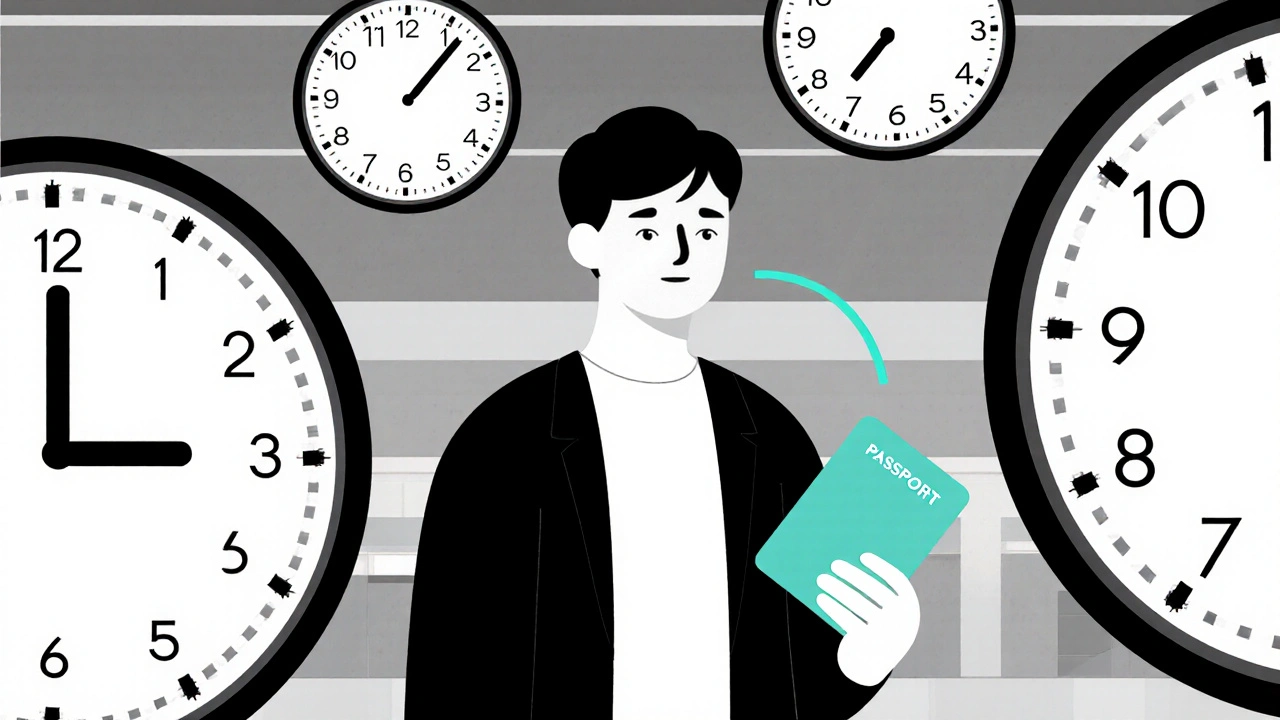



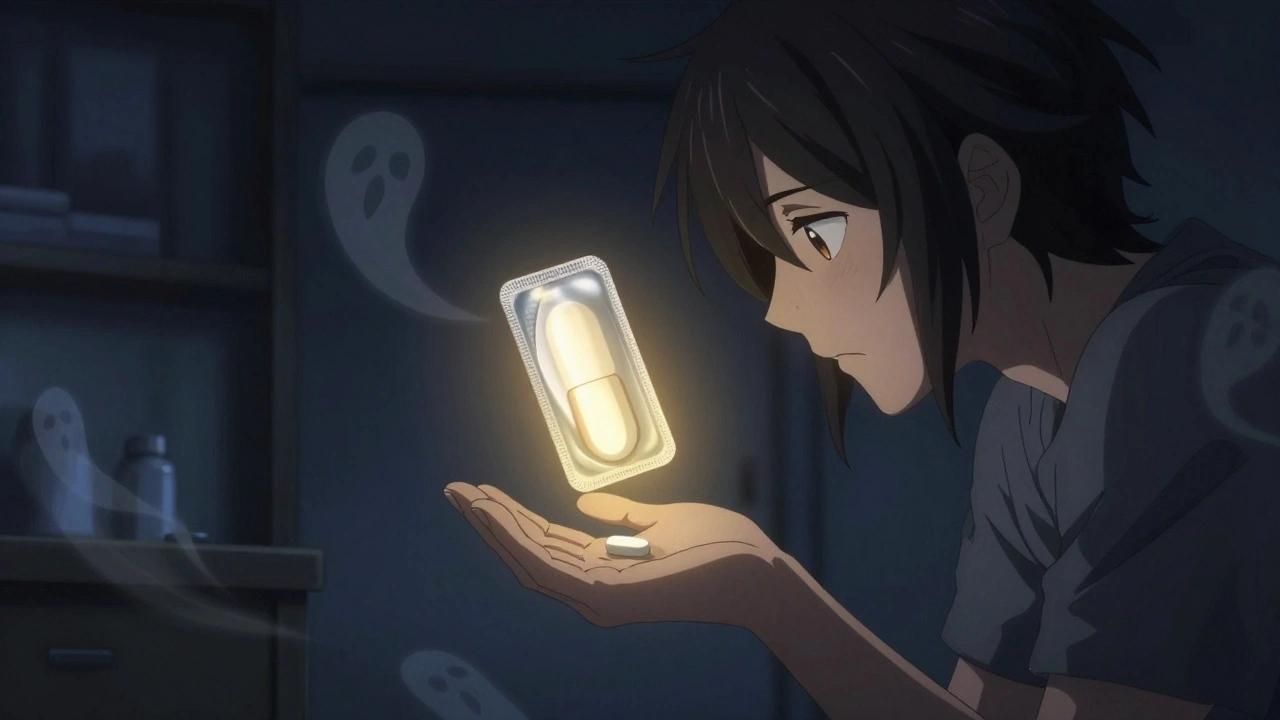
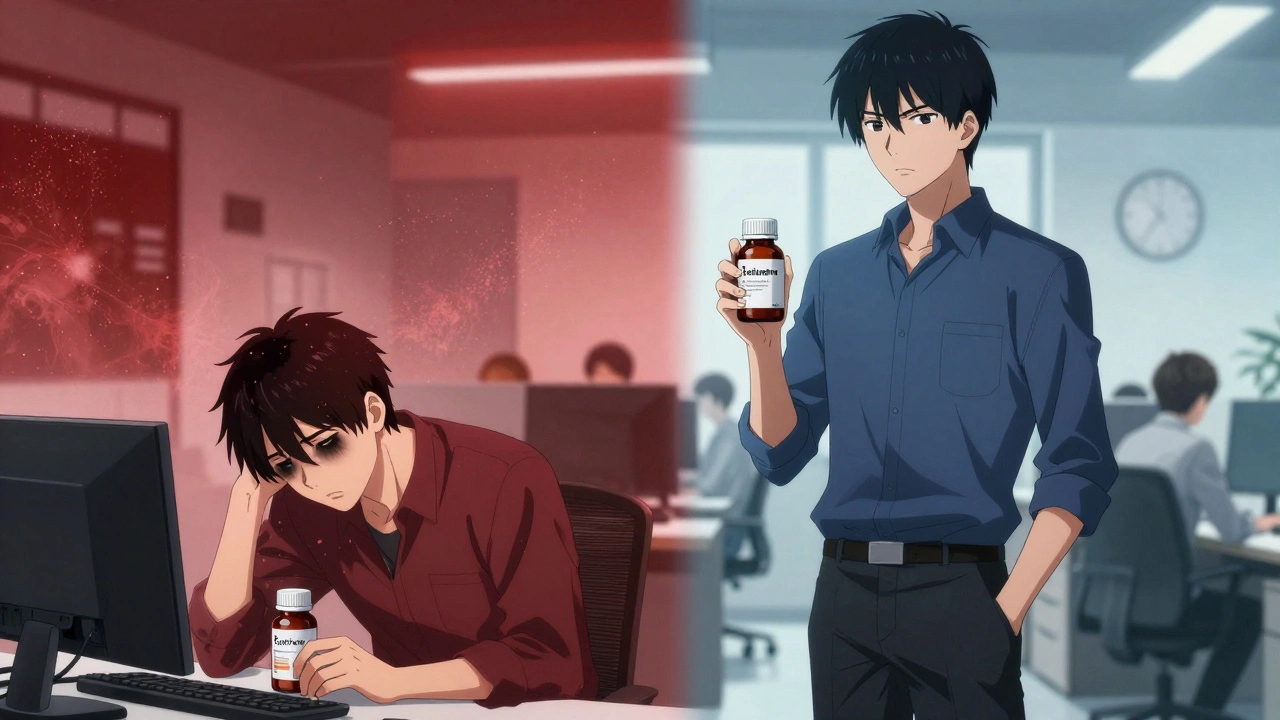
Esperanza Decor
November 11, 2025 AT 12:25Deepa Lakshminarasimhan
November 12, 2025 AT 15:53Erica Cruz
November 13, 2025 AT 13:03Johnson Abraham
November 14, 2025 AT 02:08Shante Ajadeen
November 15, 2025 AT 18:24dace yates
November 16, 2025 AT 15:53Danae Miley
November 17, 2025 AT 15:27Charles Lewis
November 17, 2025 AT 21:44Renee Ruth
November 18, 2025 AT 04:09Samantha Wade
November 18, 2025 AT 18:58Elizabeth Buján
November 20, 2025 AT 00:38Andrew Forthmuller
November 21, 2025 AT 01:19vanessa k
November 21, 2025 AT 16:04